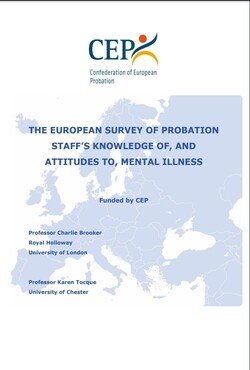By Matthew S Johnston , Rosemary Ricciardelli
Public safety personnel are at an elevated risk for suicidal thoughts and behaviors relative to the general public. Correctional workers in particular report some of the highest prevalence of suicidal thoughts and behaviors. To better understand this phenomenon, the current study draws on qualitative, open-ended survey response data (n = 94) that explores three distinct themes (occupational environment, lack of support, social silence) and how entrenched notions of mental health stigma and occupational culture inform how Canadian correctional workers understand their experiences with suicidal thoughts and behaviors. We conclude with a brief discussion of the research and policy implications, with an emphasis on mobilizing efforts to normalize mental health discussion in correctional workplaces, bolstering peer support resources, and collaboration, and assessing the limited organizational supports available to struggling staff.
Front Psychol.. 2023 Jan 4:13:1026821. doi: 10.3389/fpsyg.2022.1026821. eCollection 2022.








